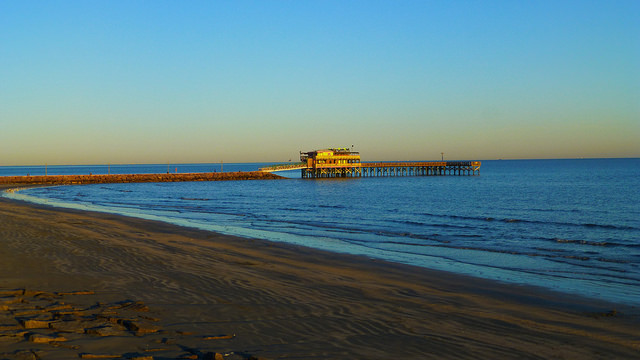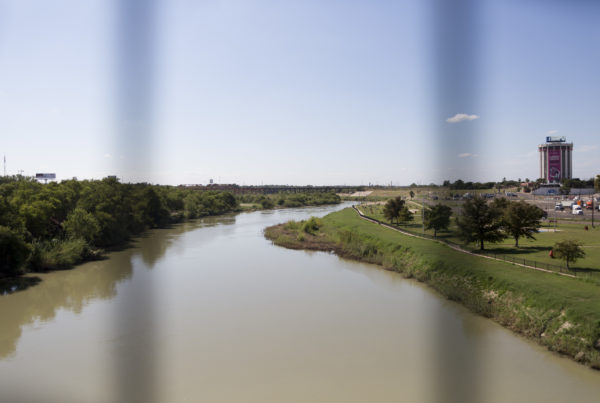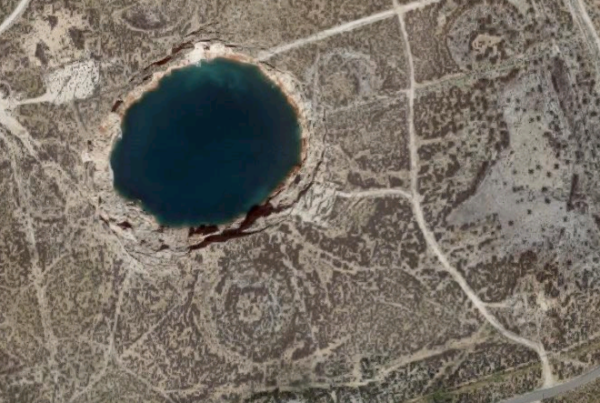It was a Father’s Day getaway that turned into something you might expect in a horror film: Adrian Ruiz of Buda, Texas, was having fun at the beach in Port Aransas when he began complaining of a headache and a rash on his leg.
Over the next few days, his symptoms worsened, and doctors diagnosed him with an infection known as vibrio vulnificus, a flesh-eating bacteria. His infection happened only two weeks after another man, Brian Parrot of Jacinto City, contracted a similar infection at a Texas beach and had to have part of his right leg amputated.
Thankfully, Ruiz’ condition seems to be improving. But his wife says they never would have gone swimming in the Gulf if they had known the risks.
Dr. Larry McKinney, executive director of the Harte Research Institute at Texas A&M Corpus Christi, says that the headlines shouldn’t scare you away from the beach. The risk of contracting the bacteria is minimal. He says that the scare has been largely overblown by media reports.
“What bothered me is that it’s been so over-sensationalized,” McKinney says. “There’s plenty of information out there for anyone to take advantage of, to really look at their risks. I just wanted to encourage people to look at the real issues and don’t let yourself be boxed in by something that is very rare.”
Instead, he says, take precautions in the water to prevent infection. He says the back bays are riskier than open water.
“When I wade in the back bays, in particular because I fish back there, you don’t want to go barefoot or wear something with open toes,” he says. “You want to be careful in picking anything up on the bottom.”
Other than that, he says don’t worry too much about the “almost non-existent” threat of vibrio vulnificus.
“I’d hate for someone to not enjoy what is one of our great treasures just because of a very low-risk scare,” he says.















